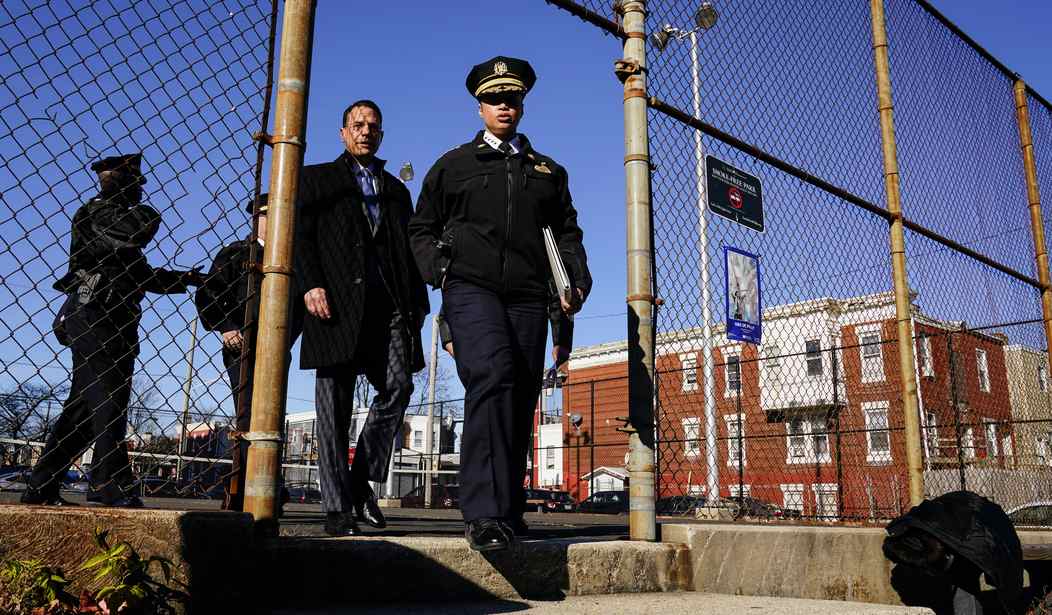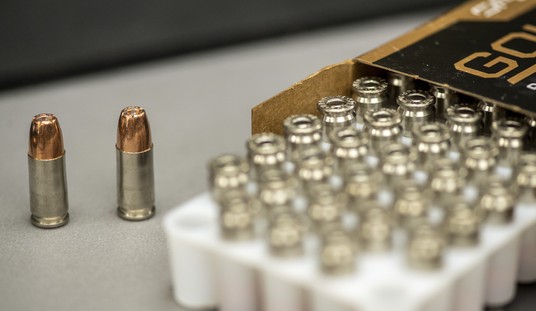Last year Philadelphia saw a record high number of homicides, and unfortunately murders are running about 3% higher across the city this year. Politicians like Mayor Jim Kenney and District Attorney Larry Krasner have been quick to point the finger at the out-of-control crime stats on Republicans in Harrisburg who aren’t interested in approving new gun control laws, but a new report from the Philadelphia Inquirer paints a damning picture of city officials who are throwing lots of money around in order to reduce “gun violence” with little interest in how effective these programs actually are.
According to the Inquirer, the city will spend more than $200-million this year on “anti-violence” programs, yet longtime activists and even a few city officials say there’s little accountability and few metrics of success to measure, even though the failure to curb violent crime grows more obvious by the day.
Interviews with dozens of experts, community members, and city officials, and a review of antiviolence programs elsewhere, show that some city efforts have shown promise, but other key city programs, years later, still lack the required measures and goals to determine whether they are working. One ambitious violence-interruption program the city announced in 2020, Philadelphia READI, has yet to launch.
… The $208.5 million in spending that began July 1 includes efforts that range from sending trained workers to violent blocks to stop street beefs to steering the unemployed into jobs to a program aimed at ridding communities of blight and even launching of a new city gun-violence hotline — 211 — for those seeking help with myriad of safety and social service needs.
City Controller Rebecca Rhynhart, in an August report, detailed her office’s view that the city’s antiviolence efforts had two significant shortcomings:
Only about 17% of that spending this fiscal year will be going to “intervention” programs, those that could have an immediate or short-term impact on stopping violence, such as deploying violence interrupters.
“We fund intervention work at $6,000 per shooting while New York and L.A. fund it at $24,000 per shooting,” Rhynhart said. “There’s a lot of work that needs to be done.”
David Muhammad, executive director of the National Institute for Criminal Justice Reform, said intensive intervention programs, with evidence of success, should be emphasized immediately, given the crisis. Many cities embrace strategies that don’t work at reducing gun violence such as after school tutoring, gun buybacks, midnight basketball leagues, giving grants to community groups and police departments that make more arrests a priority, he said.
“All of these buckshot and scattershot efforts are ineffective. And while this is common around the country, it is particularly true in Philadelphia,” Muhammad said.
The problem with giving grant money to community groups, he said, is that the people being serviced by the groups often are not the same people doing the shooting.
“What we know to work is identifying the people who are at the very highest risk of gun violence. Once those individuals have been identified, intensive intervention efforts must be focused on them.”
Philadelphia politicians love these feel-good, do-nothing programs like gun “buybacks”, even though there’s absolutely no evidence that they have any impact on violent crime. The city’s politicians seem to be much more interested in finding soundbite solutions that play well on social media and can generate a positive headline or two rather than doing the more difficult job of evaluating programs or even providing objective standards that can prove the value of a city-funded program.
The city has started some programs that fall into the “intervention” category, including the Group Violence Intervention program, which started in 2020, and several others. How successful they are is hard to determine, according to Rhynhart and others. Despite what her office described as repeated efforts, the city has not provided metrics or goals for many of the programs and organizations that get funded. She said this makes it hard to tell if a program’s methods are successful and worth the money.
“My office has not received a response for an update on any of these programs,” Rhynhart said. “ … To me, something is not working.” (A persistent critic of the Kenney administration’s antiviolence efforts, Rhynhart is expected to be a candidate for mayor in 2023.)
Academics who study antiviolence programs want the information, as well. “Our leadership in the city needs to be accountable for where the dollars go. If we give out money we should know what we are getting for that money,” said Temple University Criminal Justice Prof. Caterina Roman.
Jamal Johnson, a retired U.S. Marine who protests gun violence across the city, said he believes the millions the city is doling out to antiviolence groups at the grassroots level is failing.
“It’s the new hustle,” said Johnson, 65, who annually walks to Washington, D.C. to highlight the city’s crisis. “Everybody can get a grant, everybody gets paid, and nobody does anything on the street. The only way you’re going to find out what’s working is with the data, and whenever you ask Erica Atwood for the data on who they’re funding, she says, ‘I’ll get back to you.’ She’s been saying that forever.”
Atwood is Philadelphia’s senior director of the Office of Policy and Strategic Initiatives for Criminal Justice & Public Safety, and she acknowledged to the Inquirer that evaluations of the programs funded by the city are still ongoing, though Mayor Kenney promised them five years ago.
Philadelphia has a serious problem with violent crime, but it’s unfortunately chock full of elected officials who are completely unserious about making things better. They’d rather blame law-abiding gun owners and demand new gun control laws rather than spend the necessary time and energy to see what violence prevention programs are actually having an impact, and I suspect that one of the big reasons for their apparent apathy is that at least some of these programs are getting city funds for political reasons and not because their strategies are actually working. As Jamal Johnson says, it’s the new hustle, and it seems to be paying off pretty well for everyone… except the good people in bad neighborhoods who are desperate for real help instead of the empty promises of the city’s anti-gun politicians.








Join the conversation as a VIP Member